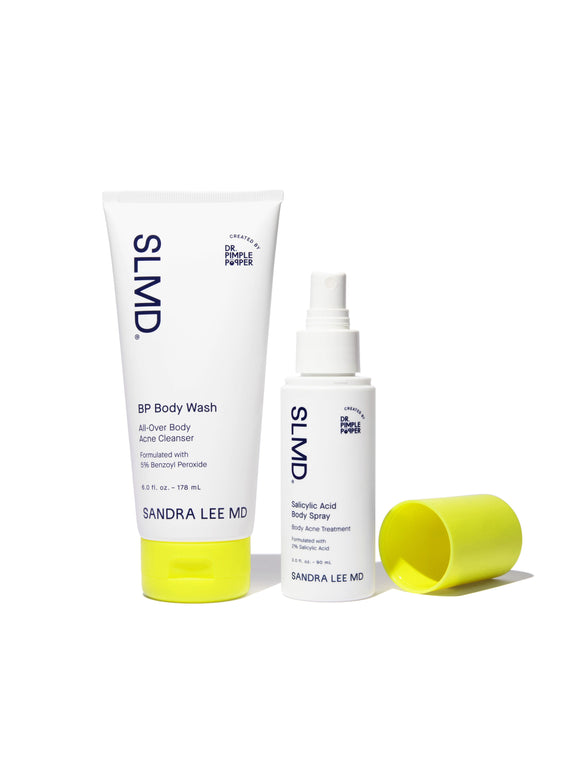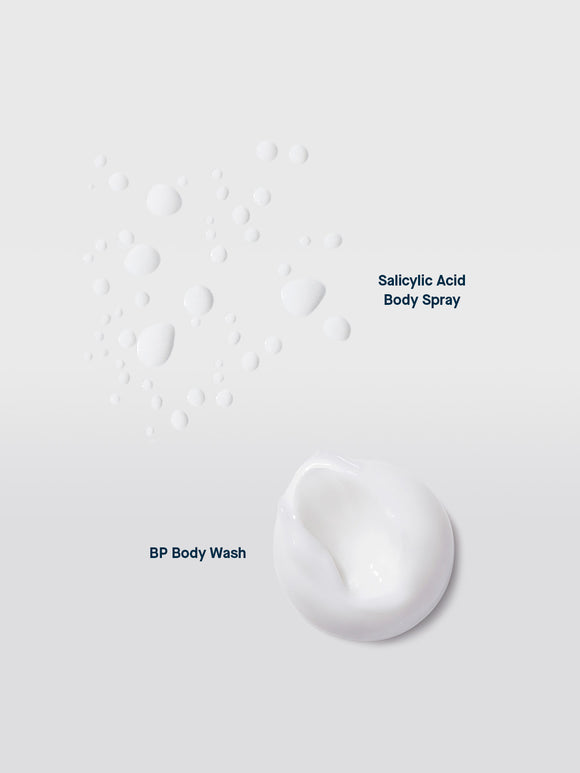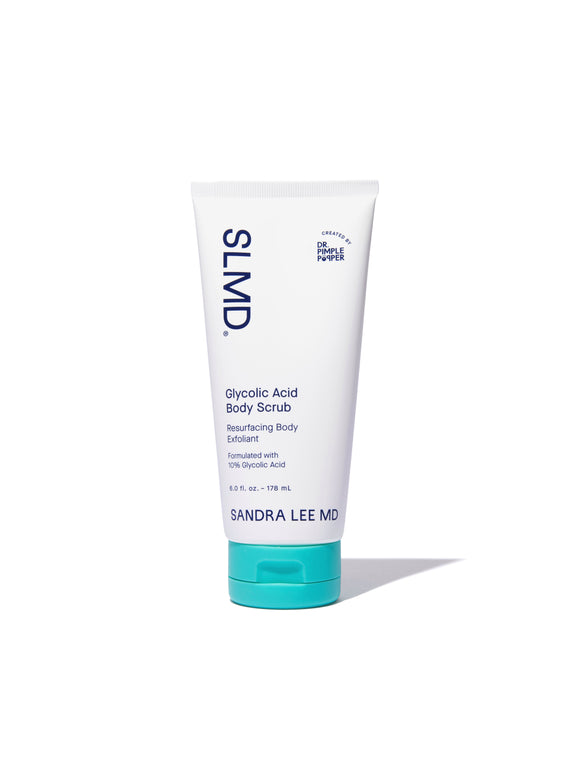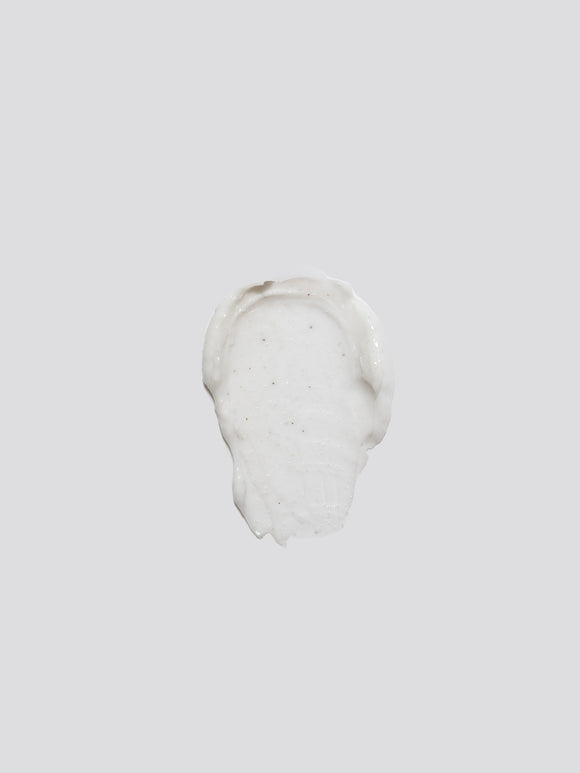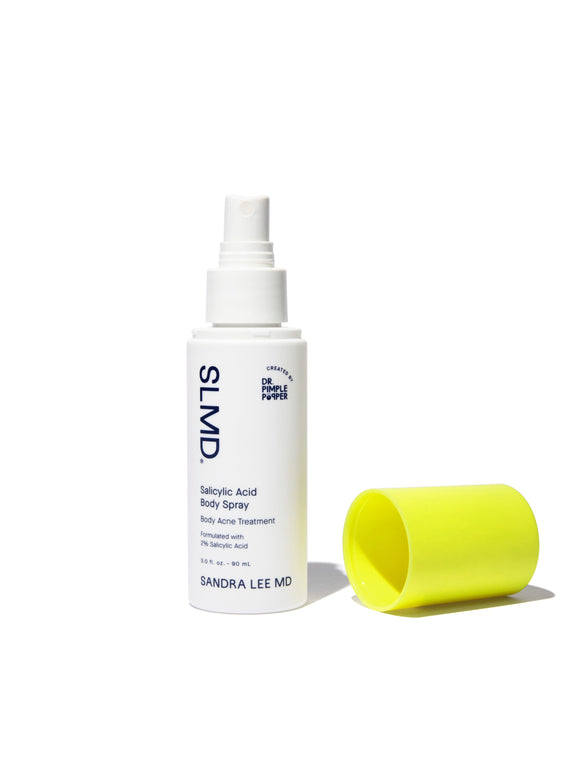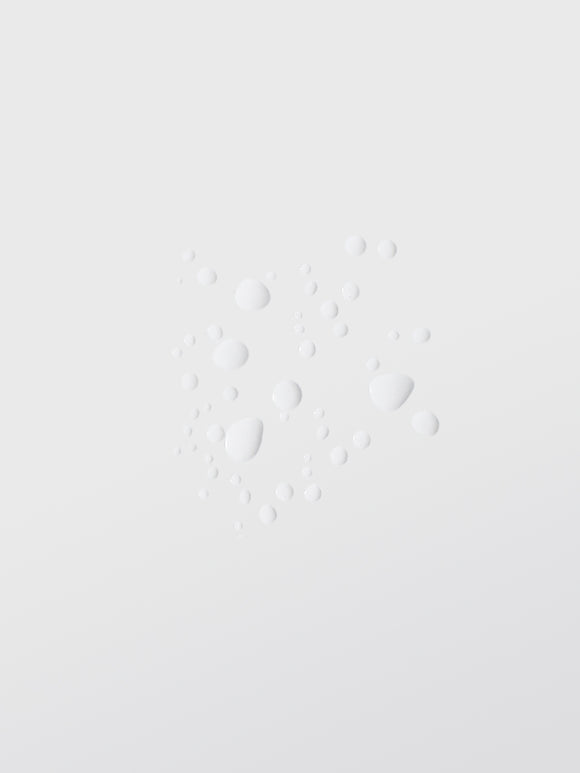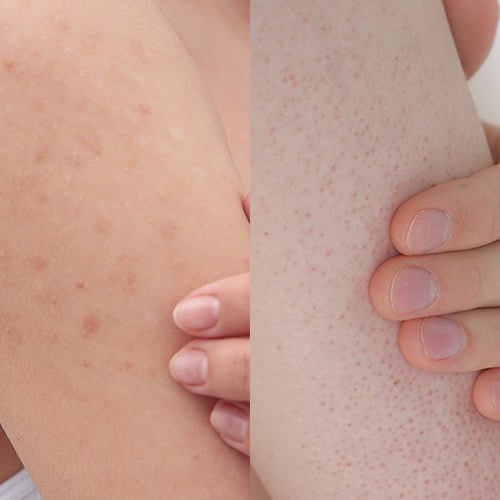
Body Acne vs. Keratosis Pilaris: How to Tell the Difference
Dr. Pimple Popper helps decode these common body bumps — and offers tips on treating them.Published:
3 minute read
We’ve all had body bumps — but when they keep cropping up, how do we decide how to treat them? Trying to tell the difference between common concerns like acne or keratosis pilaris (aka "strawberry" or “chicken" skin) can be confusing.
Read on for tips from Sandra Lee, MD (aka Dr. Pimple Popper) on how to identify these two conditions — and the best way to deal with them.
Article Quick Links

What does body acne look like?
There are two main types of body acne:
- Non-inflammatory: blackheads and whiteheads
- Inflammatory: papules, pustules, nodules and cysts
It's non-inflammatory acne — specifically whiteheads — and small, inflammatory papules that are typically confused with keratosis pilaris. But whiteheads and papules are different from KP in the following ways:
- Usually normal to oily skin
- Small bumps, found alone or in patches
- Skin-colored or red/dark
- Often found on back, chest, sometimes buttocks

What does keratosis pilaris look like?
This condition is sometimes called strawberry skin or chicken skin — which gives you a good idea of its appearance. KP’s common characteristics include:
- Dry, rough skin
- Small bumps resembling goose flesh, usually found in patches
- Skin-colored, pink/red or tan/brown
- Often found on upper arms, legs, buttocks
What’s the difference between keratosis pilaris and acne?
Now that we’ve established their visual variations, let’s get a little more technical. While whiteheads and KP bumps can look quite similar — and they’re both basically clogged pores — they’re caused by different things.
Remember that about 90% of your skin’s outermost layer is made up of dead, flattened cells called corneocytes (aka “old” keratinocytes), bound tightly together to form a protective defense. Those cells contain a protein called keratin, which provides the structure and rigidity of the skin barrier.
Which brings us to the key difference between whiteheads and keratosis pilaris:
- Whiteheads happen when pores become clogged with dead skin cells and sebum
- Keratosis pilaris results from excess keratin, which ends up clogging the pore
Scientists aren’t exactly sure what triggers skin to produce too much keratin, but they suspect there’s a genetic component.
What’s the best way to treat body acne?
Because whiteheads and other types of body acne are related to oil and dead cells, choosing an oil-soluble exfoliant will more effectively clean out pores. Dr. Lee favors salicylic acid for the job — find it in SLMD Skincare Salicylic Acid Body Spray.
To combat more advanced inflammatory body acne, benzoyl peroxide (which kills acne bacteria and calms inflammation) is the ideal choice. Try SLMD Skincare BP Body Wash, which manages breakouts but is gentle enough for daily use.
Try these products together as part of the fan-favorite Body Acne System.
What’s the best way to treat keratosis pilaris?
Dr. Lee fans will know that her top recommendation for treating and preventing keratosis pilaris is a combination of exfoliating and moisturizing. The best exfoliant in this case is glycolic acid, because its tiny molecular size allows it to penetrate skin’s tough outer layer. This alpha hydroxy acid is a keratolytic, which means it breaks down the bonds holding keratinocytes together.
Start by using an exfoliant in the shower to slough off dead skin cells. SLMD Skincare Glycolic Acid Body Scrub contains both physical and chemical exfoliants to effectively remove excess keratin.
Follow up with an exfoliating moisturizer like SLMD Skincare Glycolic Acid Body Lotion, which also contains shea butter to lock in soothing moisture.
This duo is also available in the best-selling Body Smoothing System.

Dr. Lee's Last Word
Body bumps are one of the most common concerns I hear from patients. Sometimes it can be hard for people to tell if it’s acne or keratosis pilaris — but skin type and location of the bumps are two key things dermatologists look for. I created my two SLMD Skincare body regimens — Body Acne System and Body Smoothing System — to provide everyone with effective treatments.



